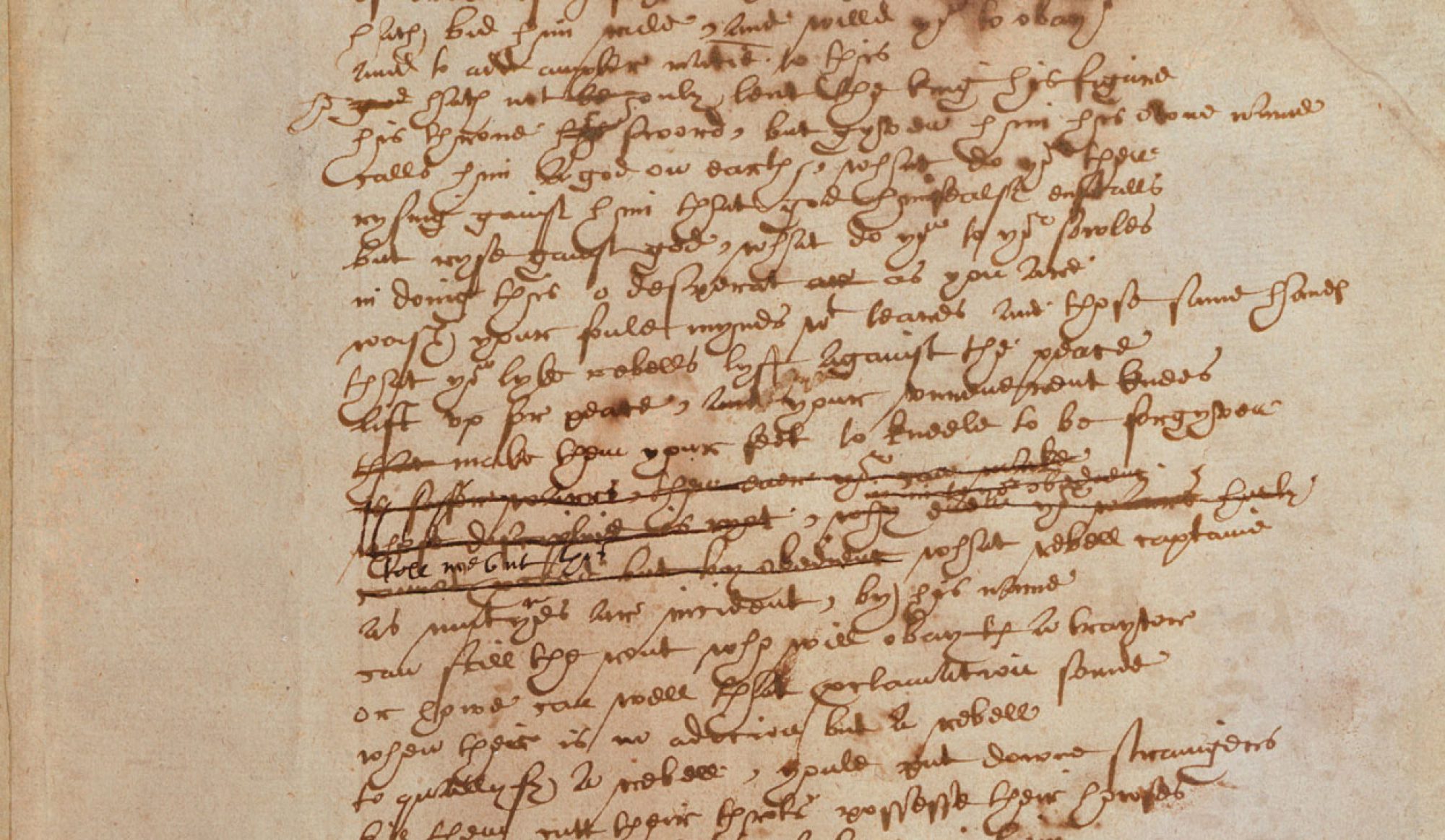MND 3.2.378-400
Puck. My fairy lord, this must be done with haste,
For night’s swift dragons cut the clouds full fast;
And yonder shines Aurora’s harbinger,
At whose approach, ghosts wandering here and there,
Troop home to churchyards. Damned spirits all,
That in cross-ways and floods have burial,
Already to their wormy beds are gone,
For fear lest day should look their shames upon:
They willfully themselves exil’d from light,
And must for aye consort with black-brow’d night.
Obe. But we are spirits of another sort:
I with the Morning’s love have oft made sport;
And like a forester the groves may tread
Even till the eastern gate, all fiery-red
Opening on Neptune with fair blessed beams,
Turns into yellow gold his salt green streams.
But not withstanding, haste, make no delay;
We may effect the business yet ere day.
Puck. Up and down, up and down,
I will lead them up and down;
I am fear’d in field and town:
Goblin, lead them up and down.
By way of preface I should say that I really struggled to use the digital resources, especially the more sophisticated ones, which says something about my technological prowess and probably also something about the kinds of questions I want to ask about texts even when I’m trying to think “distantly.” That said, I’m fascinated by the shifting and overlapping stylistic registers in the passage. Oberon has just reprimanded Puck for the mishegas with the eye-drops; the two spirits are having a confrontation, in a mild sense of the term. Within this confrontation, there is a second, smaller dispute: about whether faeries can go about their business once morning comes. On another stylistic level, the passage begins in something like the proto-Gothic, full of dragons and churchyards, ghosts and worms; it passes through a high or even sublime register (Arden3 calls it “lyrical” and points to Chaucer); makes a brief stop in the quotidian (“make no delay”); and then ends, with a corresponding change in meter, in the incantatory realm of invocation, chant, spell.
I tried to investigate the frequency of ADV + CONJ + ADV phrases in the First Folio using CQPweb with an eye toward seeing how frequent contrasting pairs like “up and down” are in Shakespeare. The answer seems to be not terribly frequent, though I could never get “up and down” to show up in the list of results! Bottom-like rude mechanical that I am, I had worse luck trying to track down groupings in the form of ADJ + ADJ + Noun, like “fair blessed beams” and possibly “salt green streams” (unless ‘salt’ is read as a noun?).
Some more complex stylometric questions come to mind, as well, though I don’t know if the tools exist for answering them. How often in Shakespeare do different colors appear in close conjunction (e.g., “fiery red…salt green”)? How often do speeches and dialogues began and end with lines that use the same keyword (e.g., “haste” is arguably the most important word in the first line of Puck’s speech and the last of Oberon’s)? And (here I’m thinking of my old teacher, Ian Cornelius, and his new book on alliterative verse), how common are alliterative lines in Shakespeare (e.g. “For night’s swift dragons cut the clouds full fast”) and do they conform to any of the stress patterns of properly alliterative English verse?
